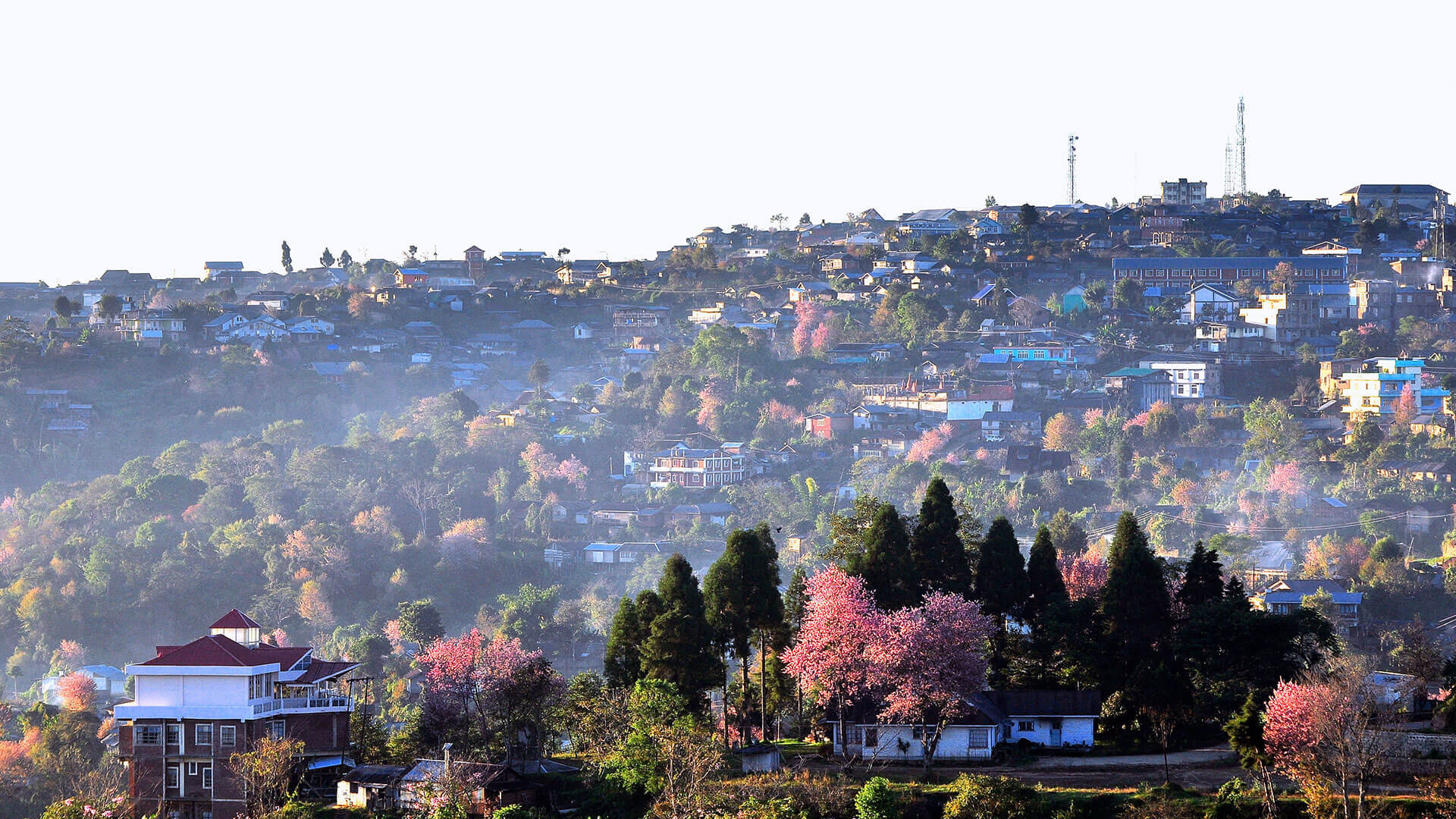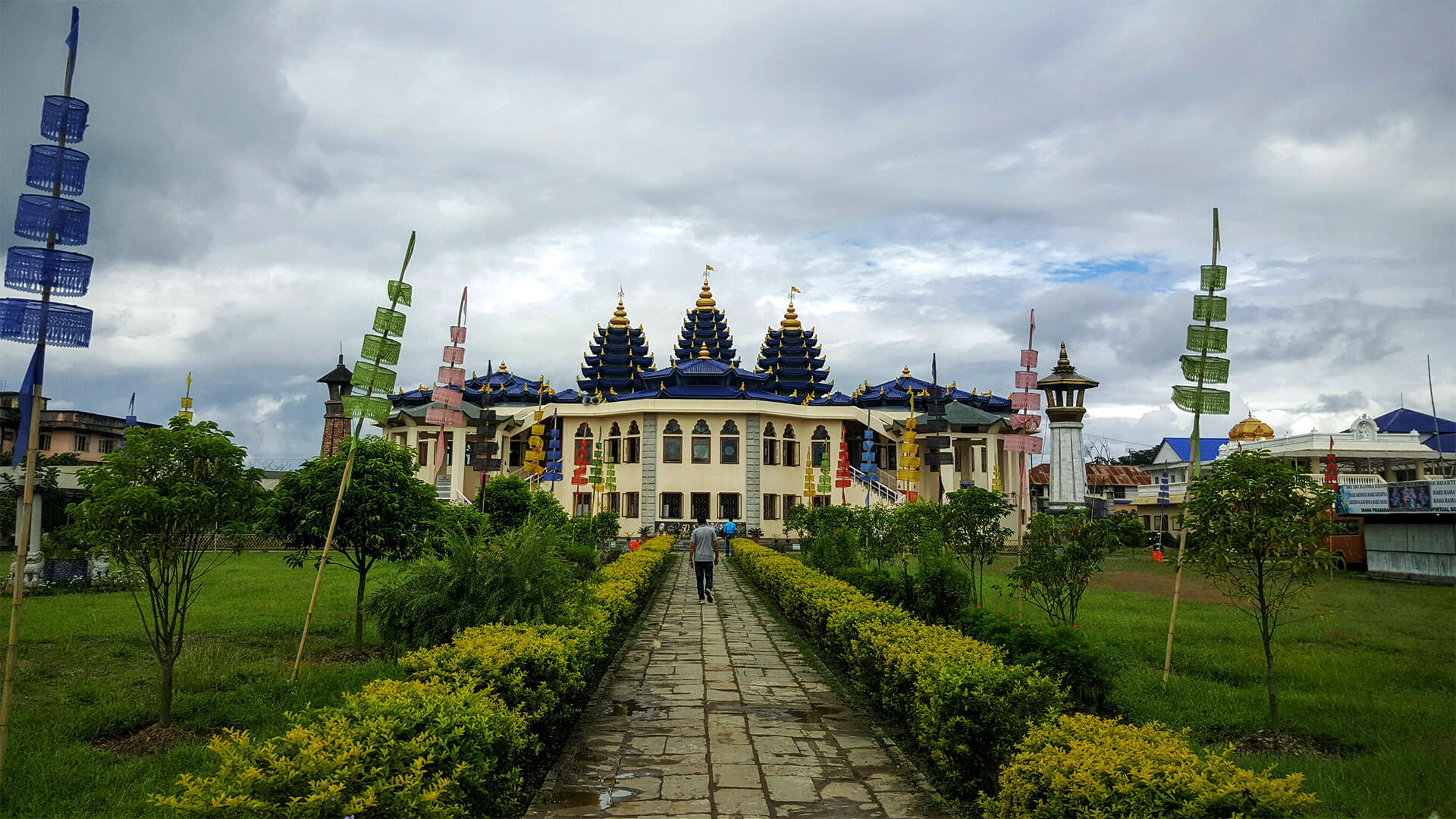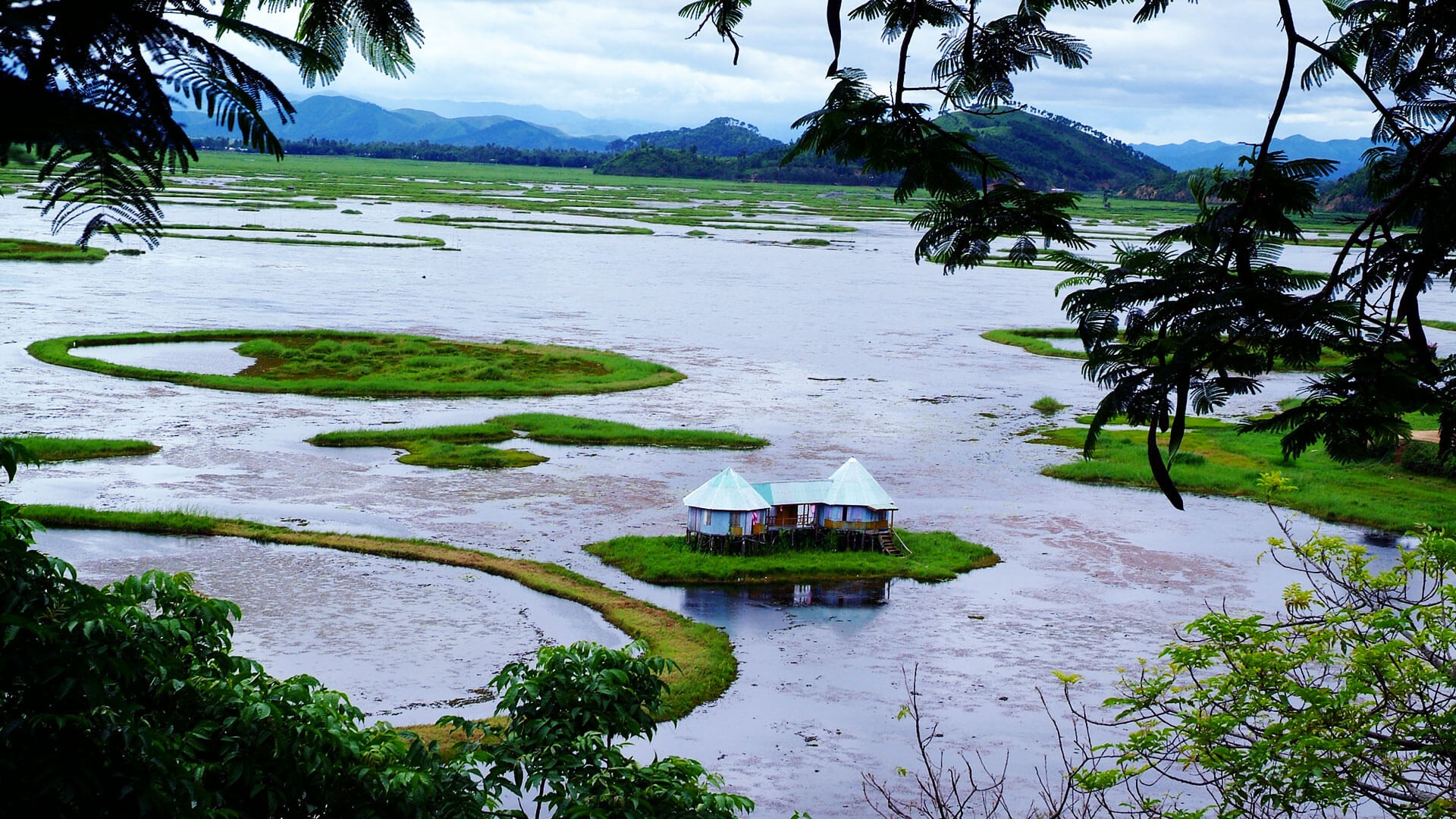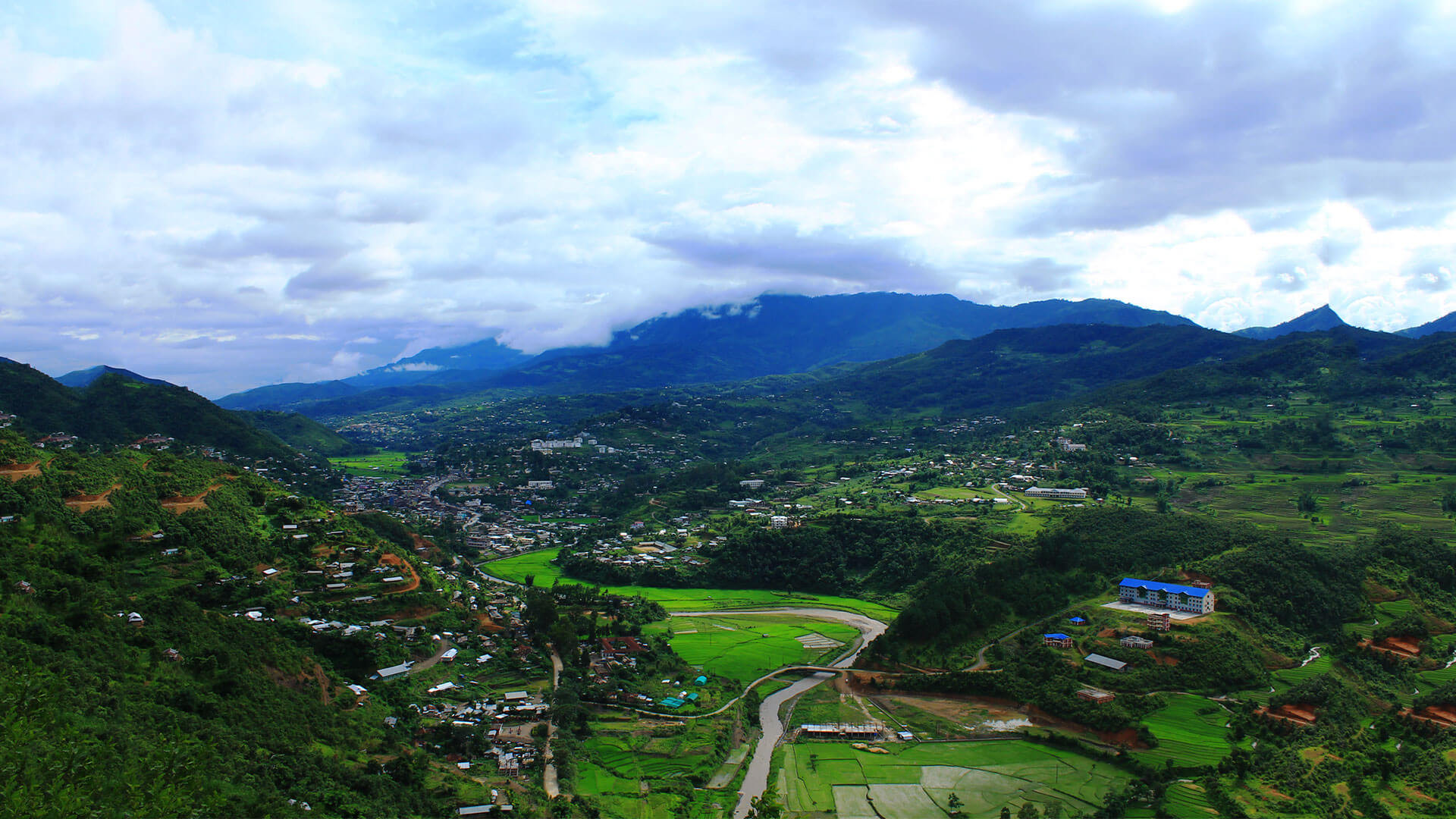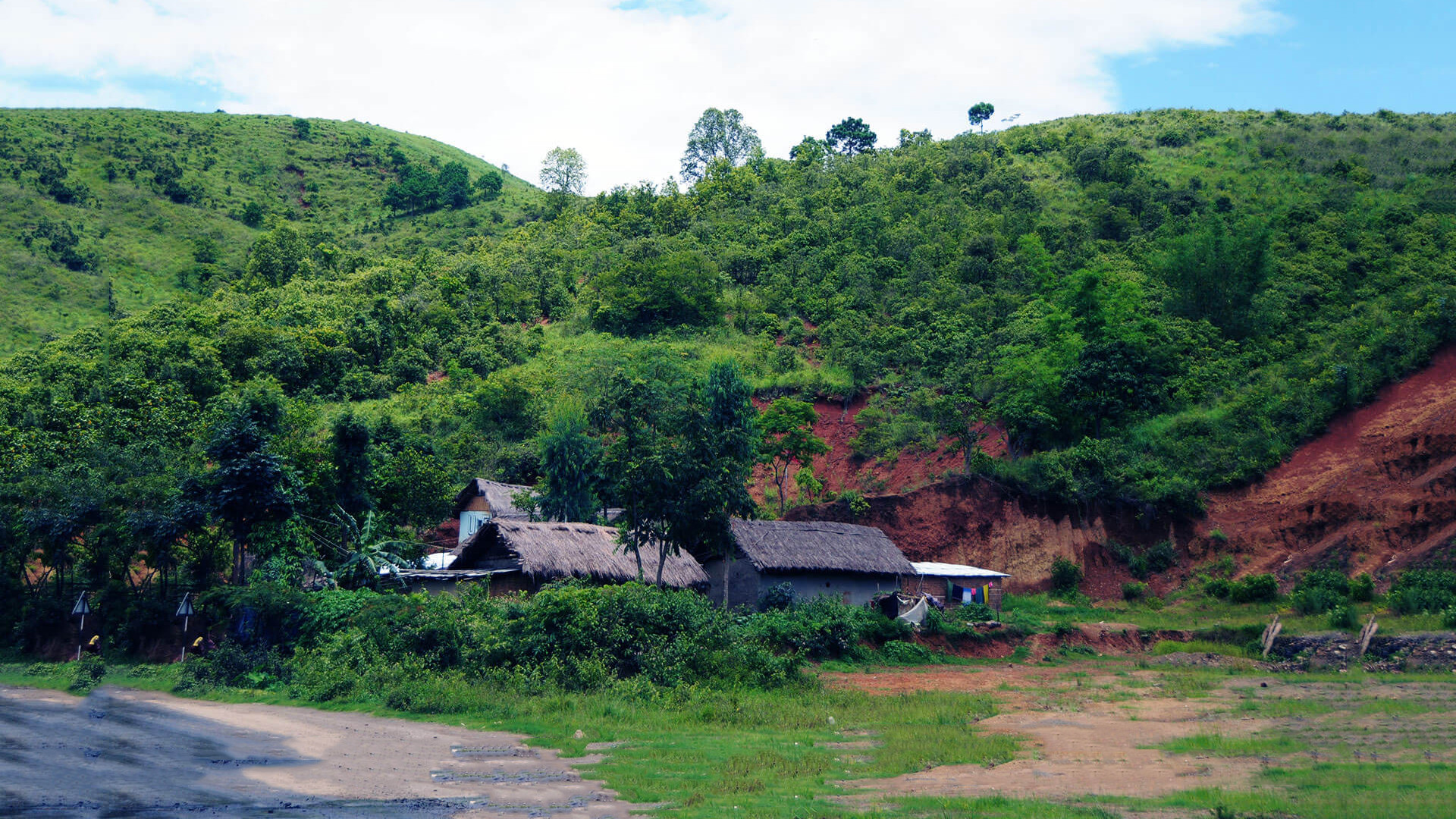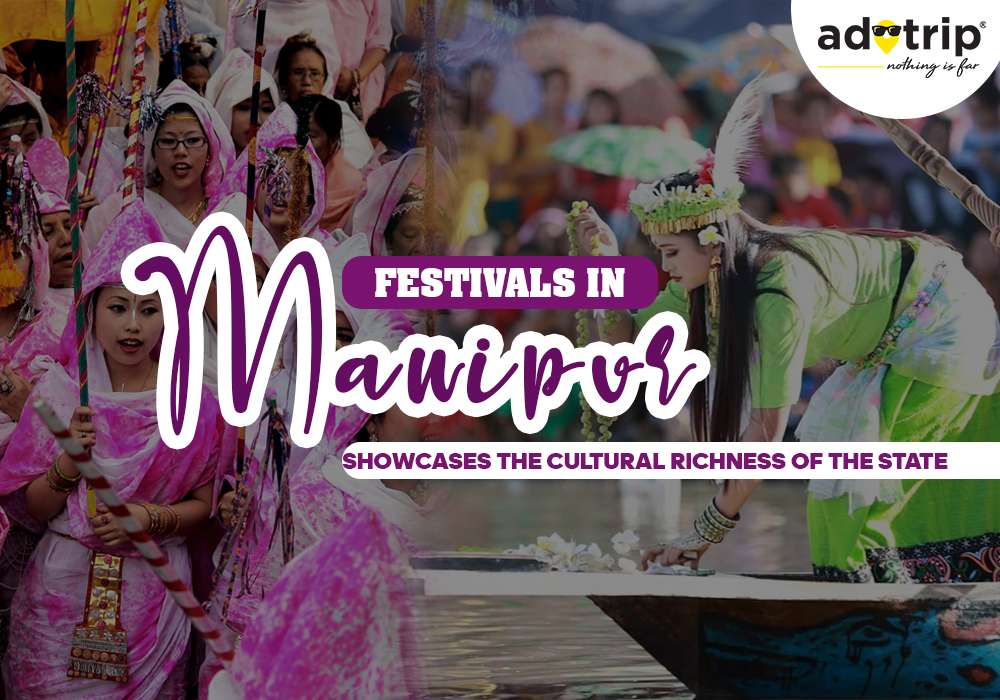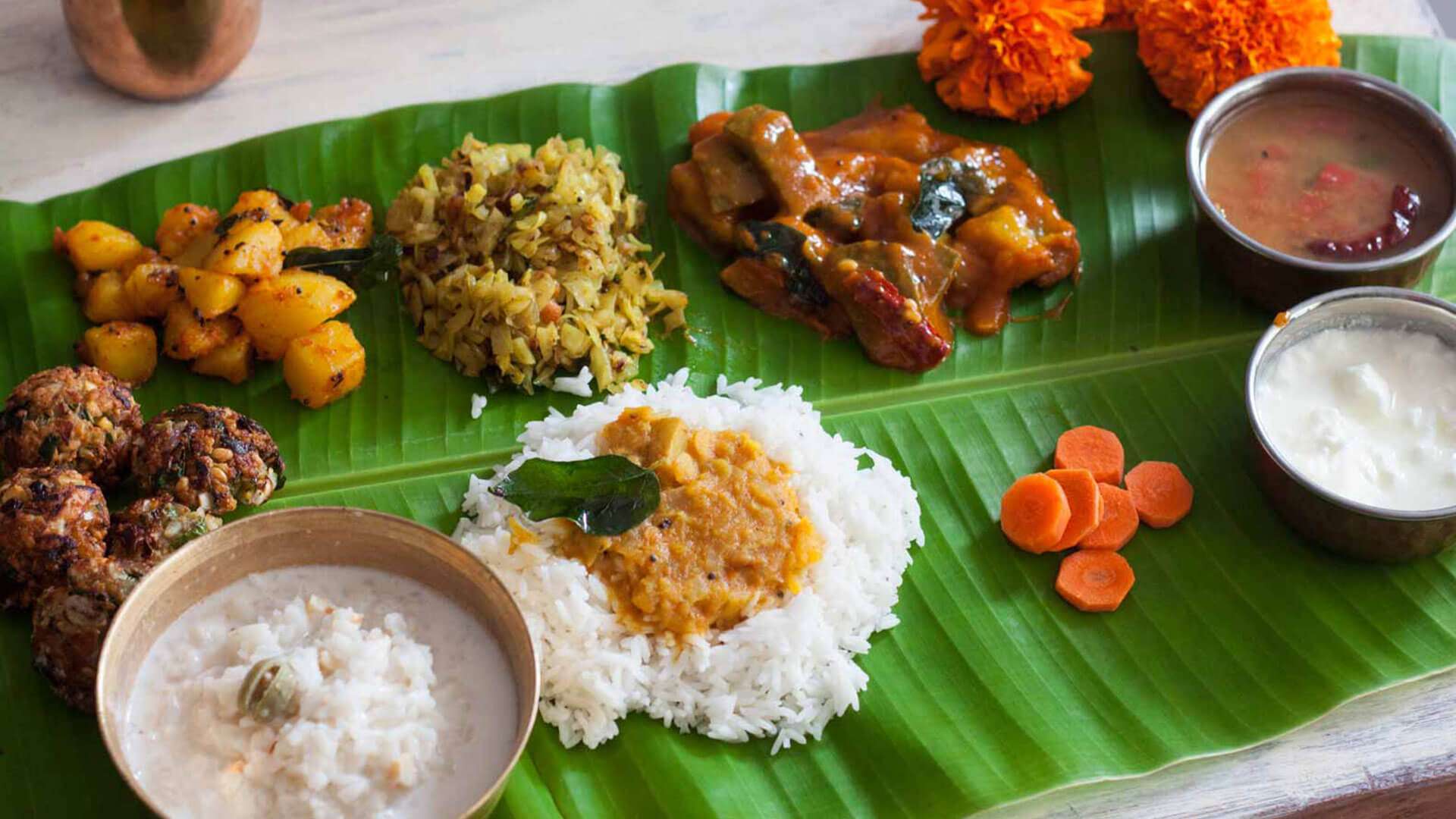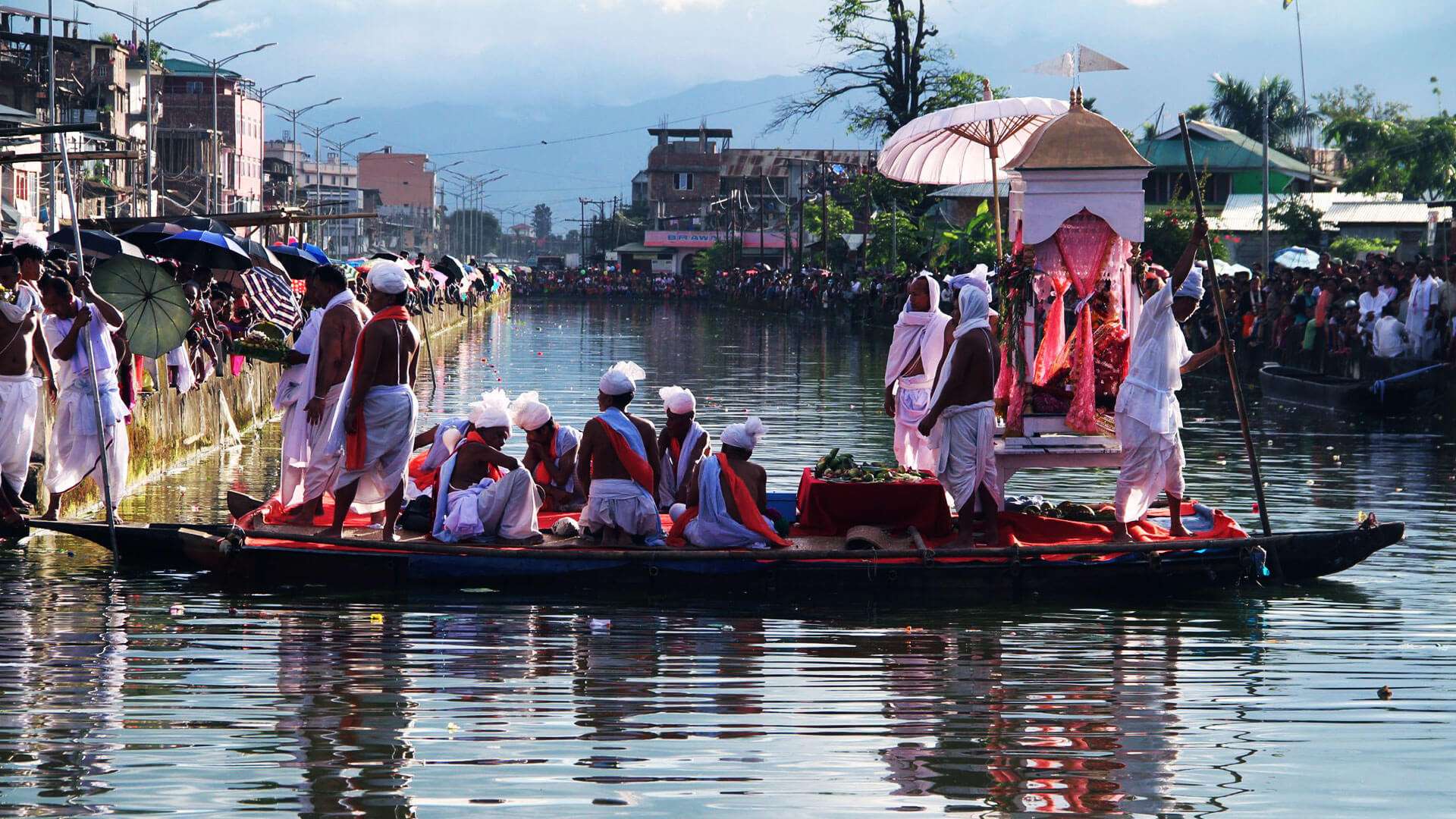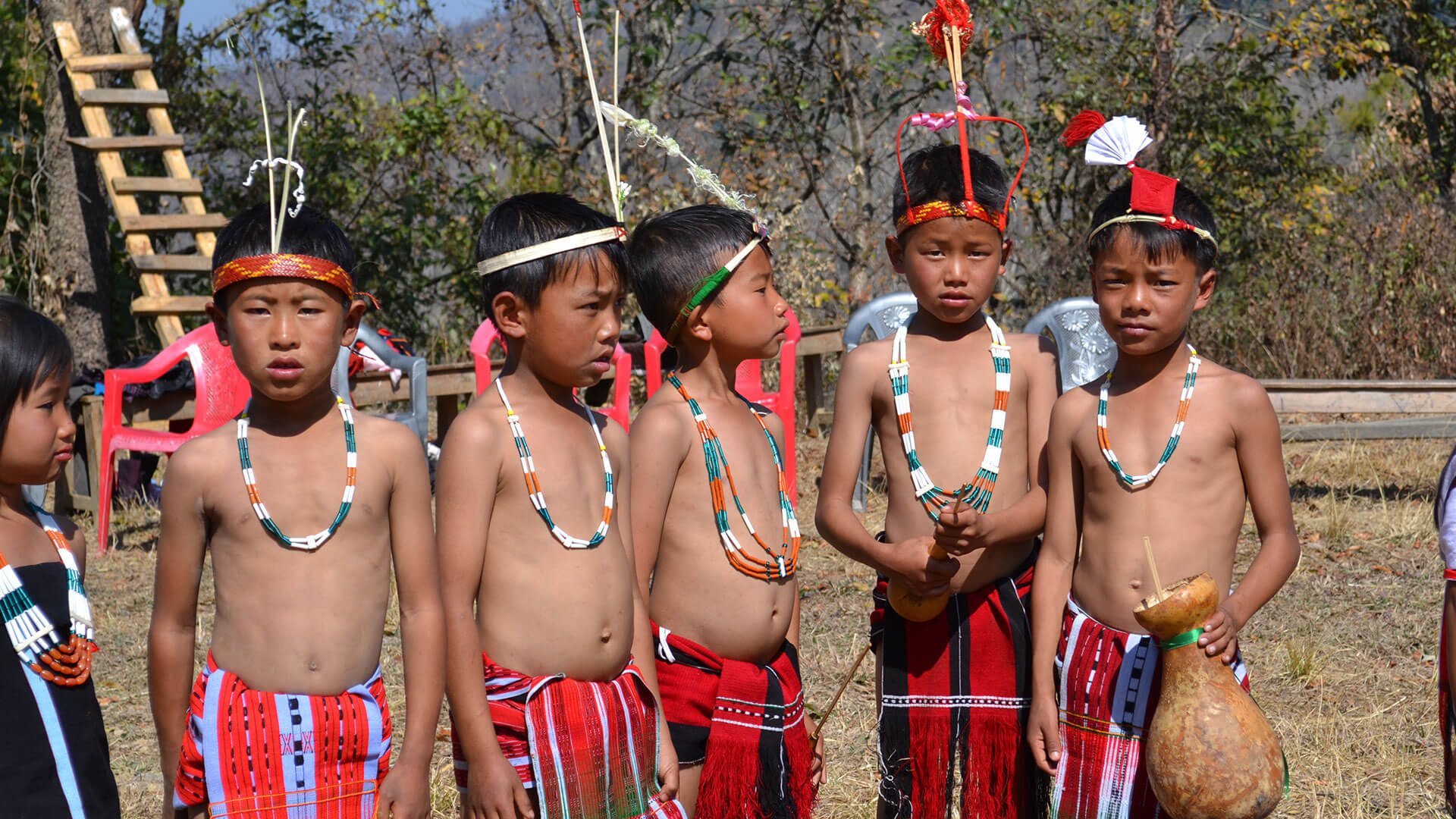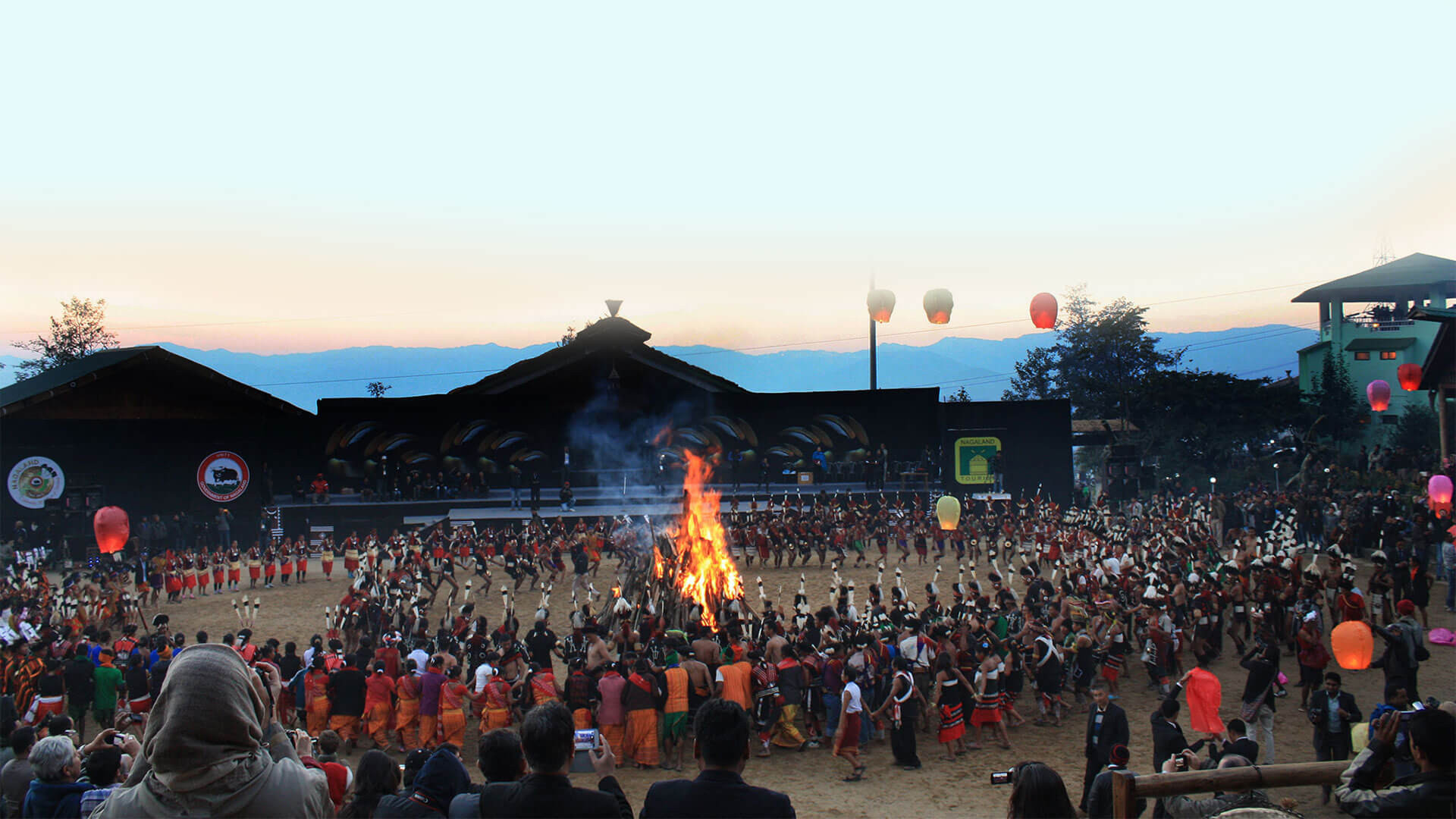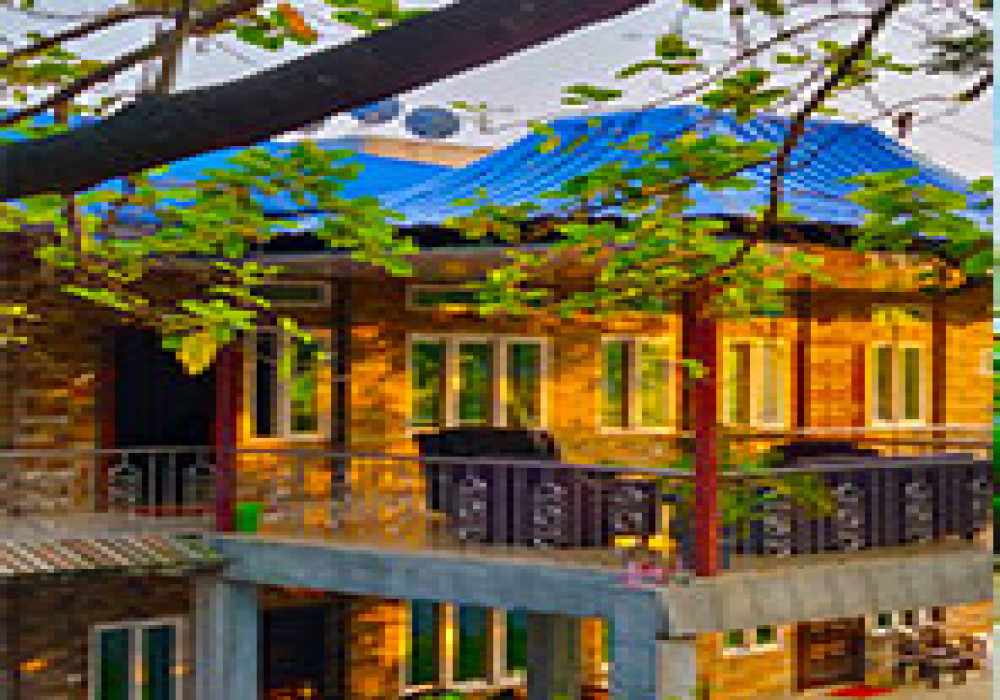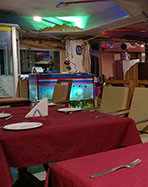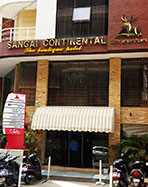Manipur Tour Packages 2025
Cities in Manipur
Best Destinations in Manipur
Manipur, also regarded as the “Jewel of India” is a land of captivating beauty, where emerald valleys meet misty hills and serene lakes reflect the sky. More than its picturesque landscapes, Manipur is a cultural treasure trove, home to the graceful Manipuri dance, lively festivals like Lai Haraoba, and a deep-rooted history. Loktak Lake, the largest floating lake in the world, and the rare Sangai deer add to its uniqueness.
With warm-hearted people, rich traditions, and an untouched charm, Manipur isn’t just a destination—it’s an experience that lingers in the soul, whispering stories of nature, resilience, and heritage.
Experience Manipur your way with Adotrip’s customised package—chase adventure, soak in culture, or escape into peace. Let’s begin!
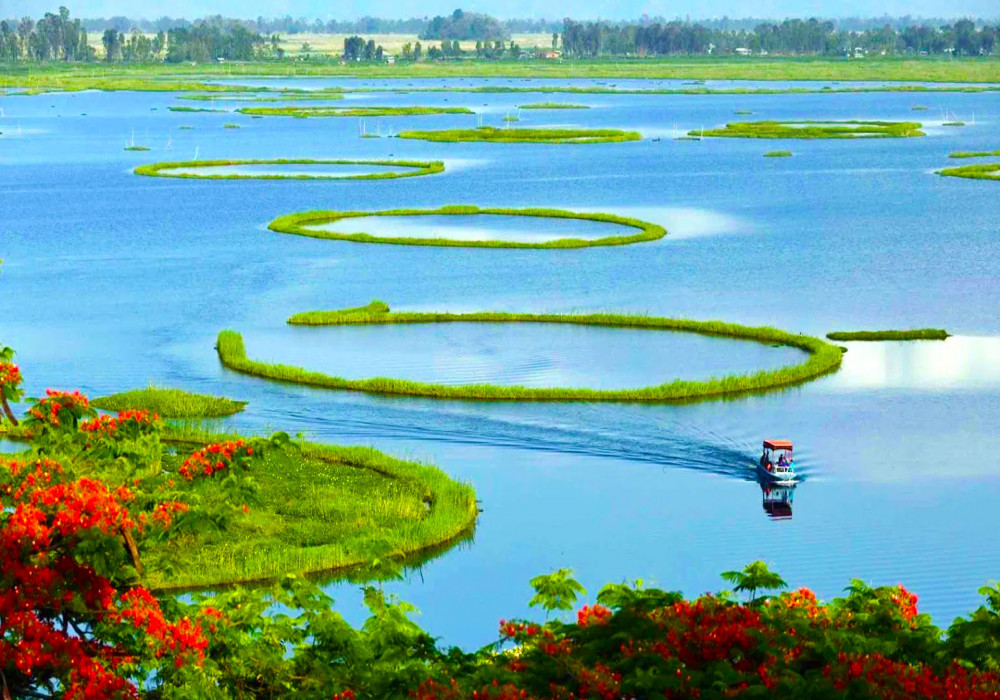
Tucked away in India’s northeast, Manipur is a hidden gem waiting to be explored. Despite being bordered by Nagaland, Assam, Mizoram, and Myanmar, it remains one of the country’s lesser-traveled destinations, offering an untouched charm. At its heart lies its beautiful capital city- Imphal.
Often renowned as the ‘Land of Gems,’ Manipur mesmerises visitors with its captivating landscapes, rolling hills, and serene lakes. Life here thrives on agriculture, forestry, trade, and cottage industries, making the most of its rich natural bounty. For those seeking beauty, culture, and tranquility in one place, Manipur is an experience worth embracing!
Historical Significance of Manipur
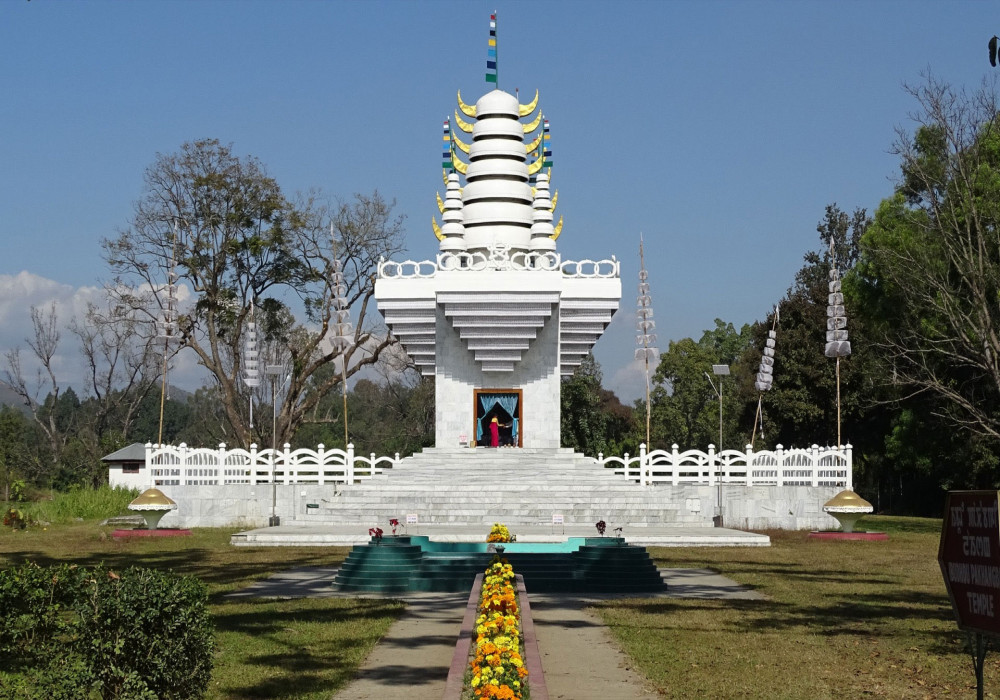
Manipur’s history is all about resilience, power struggles, and cultural evolution. The earliest records trace back to the Cheitharon Kumbaba, an ancient chronicle detailing royal events and the birth of its ruling dynasty. While Manipur's roots stretch as far back as 900 CE, its modern history took shape in 1762 under Raja Jai Singh, who signed a treaty with the British to fend off a Burmese invasion. By 1891, Manipur became the last independent princely state to be absorbed into British India.
World War II marked an importantl moment when the Japanese forces were defeated before they could seize Imphal. This period of turbulence resulted in the Manipur Constitution Act of 1947, which introduced a democratic government. However, in 1949, Manipur’s legislative assembly was dissolved, and it formally joined the Republic of India in October of that year.
In 1907, governance was under the Raja and his durbar, but power eventually shifted to the vice president of the durbar. The Kuki uprising of 1917 led to Manipur’s division into three administrative subdivisions under Assam's authority. Over time, Assam’s control diminished and Manipur became a Union Territory with a chief commissioner in 1956. Finally, on January 21, 1972, Manipur attained full statehood, becoming an integral part of the Indian Union, governed by its own elected representatives.
Manipur’s history is not just about conquests and governance—it’s a story of perseverance, transformation, and a people who have bravely fought to shape their identity while preserving their rich cultural heritage.
Climate in Manipur
Manipur enjoys a pleasant subtropical climate with distinct seasons.
- Summers (March to May) are mild, with temperatures ranging from 16°C to 35°C.
- Monsoons (June to September) bring heavy rainfall, making the hills lush and vibrant.
- Winters (November to February) are cool and crisp, with temperatures dropping as low as 0°C in some regions, especially in the hills.
The state’s high altitude and greenery keep the air fresh and the weather comfortable for most of the year. With its moderate climate, Manipur offers an ideal setting for travellers seeking nature, adventure, and cultural experiences in every season.
Culture & Tradition of Manipur
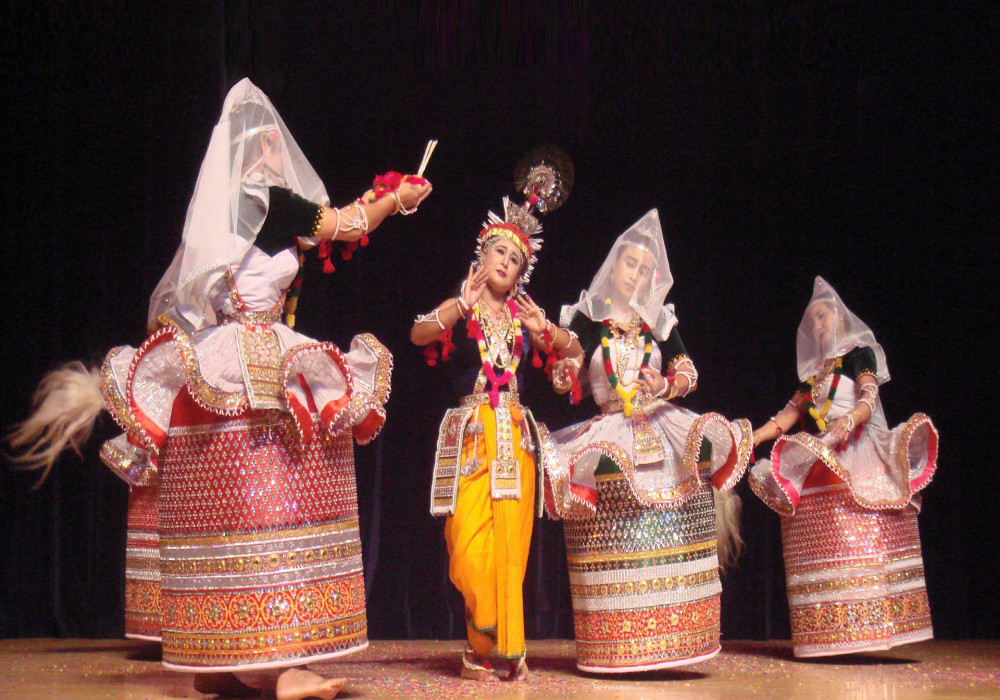
Manipur, often called the ‘Jeweled Town,’ is a treasure trove of rich cultural heritage, reflected in its vibrant festivals and traditional art forms. Sports like Polo and field hockey hold a special place in the hearts of its people. The state is also the birthplace of the graceful Manipuri dance, an indigenous art form performed with equal finesse by both men and women. Deeply rooted in spirituality, this dance often narrates episodes from Lord Krishna’s life through mesmerising performances.
In 1917, Rabindranath Tagore introduced Manipuri dance to the rest of India, popularising its folk, classical, and modern variations. Manipur is also known for Thang-Ta, a traditional martial art centered around swords, shields, and spears. The state’s cultural spirit shines through Lai Haraoba, an ancient religious festival dedicated to sacred groves like Umang Lai, and Shumang Khumei, a traditional theatrical art form. Manipur’s deep-rooted traditions, artistry, and festivities make it a land of enduring cultural brilliance.
Highland Retreats in Manipur
Manipur’s highland retreats offer a perfect escape into nature’s serenity, surrounded by misty mountains, lush forests, and tranquil lakes. These hidden gems provide breathtaking views, fresh mountain air, and a chance to reconnect with nature.
Here are the top highland retreats in Manipur:
- Senapati: With its lush valleys and traditional villages, Senapati offers a refreshing getaway into Manipur’s rich cultural landscape.
- Tamenglong: Home to dense forests, waterfalls, and exotic wildlife, this retreat is ideal for adventure seekers.
- Ukhrul: Known for its rolling hills, Shirui Lily blooms, and peaceful ambiance, Ukhrul is a paradise for nature lovers.
- Loktak Lake Retreats: Stay in floating homestays near the world’s only floating national park, Keibul Lamjao.
- Dzuko Valley: A trekker’s haven, this valley is famous for its seasonal flowers and breathtaking vistas
Romantic Getaways– Best Honeymoon Places in Manipur
Maniour is packed with a myriad of paradisiacal places, perfect for honeymoon! Below are some of the best honeymoon destinations in Manipur for a memorable experience:
- Loktak Lake: Experience the charm of India’s largest freshwater lake, with its floating phumdis and mesmerising sunset views. Stay in cozy lakeside cottages for a truly romantic retreat.
- Moreh: A unique honeymoon destination, this Indo-Myanmar border town blends romance with cultural exploration, offering vibrant markets and scenic landscapes.
- Ukhrul: Famous for the rare Shirui Lily and rolling green hills, Ukhrul is a peaceful retreat ideal for intimate moments and scenic walks.
- Dzuko Valley: A paradise for nature-loving couples, this valley offers stunning trekking trails and seasonal wildflower blooms, creating a picture-perfect backdrop for romance.
- Tamenglong: If you and your partner love adventure, explore this hidden gem with its cascading waterfalls, pristine forests, and untouched beauty.
- Kangla Fort & Imphal City: For couples who enjoy history and culture, a walk through Kangla Fort, followed by a cozy evening in Imphal, makes for a perfect day.
Top Free Things To Do In Manipur
Here are some of the top things that you can try for free in Manipur:
- Explore Loktak Lake: Witness the beauty of India’s largest freshwater lake and its unique floating phumdis.
- Relax at Sadu Chiru Waterfalls: Enjoy the scenic beauty and refreshing atmosphere of this hidden gem.
- Visit Kangla Fort: Stroll through this historic fort in Imphal and learn about Manipur’s royal past.
- Trek to Dzuko Valley: Hike through lush green hills and enjoy breathtaking views of the valley’s seasonal blooms.
- Wander Through Ima Keithel (Mother’s Market): Observe the unique all-women-run market and soak in the local culture.
- Experience Lai Haraoba Festival: Immerse yourself in Manipur’s vibrant culture during this traditional celebration.
- Watch a Sunset at Sendra Island: Capture breathtaking sunset views over Loktak Lake from this scenic spot.
Why Visit Manipur?
Manipur is a paradise of natural beauty, rich culture, and warm hospitality. From the serene Loktak Lake with its floating phumdis to the breathtaking Dzuko Valley, the state offers awe-inspiring landscapes perfect for nature lovers and adventure seekers. Its joyous festivals, such as Lai Haraoba and Sangai Festival, showcase deep-rooted traditions and cultural vibrancy. History enthusiasts can explore Kangla Fort, while food lovers can savour unique Manipuri cuisine. Whether you seek peace, adventure, or cultural experiences, Manipur is an unexplored gem waiting to be discovered.
When to Visit Manipur?
The best time to visit Manipur is from October to April, when the weather is cool, pleasant, and ideal for sightseeing.
- Winter (November to February) offers clear skies and comfortable temperatures, making it perfect for exploring Loktak Lake, Dzuko Valley, and Kangla Fort.
- Spring (March to April) brings lush greenery and blooming flowers, creating stunning landscapes.
- The monsoon months (June to September) bring heavy rainfall, making travel challenging but turning the hills into a misty paradise.
For cultural experiences, visit during November’s Sangai Festival, which celebrates Manipuri traditions, dance, and indigenous crafts.
How to Reach Manipur?
- By Air: The easiest way to reach Manipur is by air. Imphal International Airport (IMF) is well-connected to major Indian cities like Delhi, Kolkata, Guwahati, and Bangalore.
- By Train: Manipur does not have a direct railway station. The nearest railway station is Dimapur Railway Station (Nagaland), about 215 km from Imphal. Another option is Jiribam Railway Station, located at Manipur’s western border.
From these stations, travellers can take buses or taxis to reach Imphal.
- By Road: Manipur is accessible by road via National Highway 2 (NH-2) and National Highway 37 (NH-37). Regular state-run and private buses operate from Guwahati, Silchar, and Dimapur to Imphal.
Private taxis are also available for a more comfortable journey. The scenic drive through hills and valleys adds to the travel experience.
Book Manipur Tour Packages Now!
Get ready to experience the best of Manipur with Adotrip’s exclusive tour packages. Whether you seek a ready-made Kerala getaway or a customised tour, we have the perfect package for you!
Frequently Asked Questions About Manipur
Q. Why is Manipur famous?
A. Manipur is famous for its scenic landscapes, Loktak Lake, Dzuko Valley, rich culture, classical Manipuri dance, and indigenous festivals like Sangai Festival.
Q. What is the old religion of Manipur?
A. The old religion of Manipur is Sanamahism, an indigenous faith that worships nature and ancestral deities.
Q. What is the famous food of Manipur?
A. Eromba (fermented fish with mashed vegetables), Chamthong (vegetable stew), and Ngari (fermented fish-based dishes) are among the most famous foods in Manipur.
Q. Which language is spoken in Manipur?
A. Meitei (Manipuri) is the official and most widely spoken language in Manipur.

